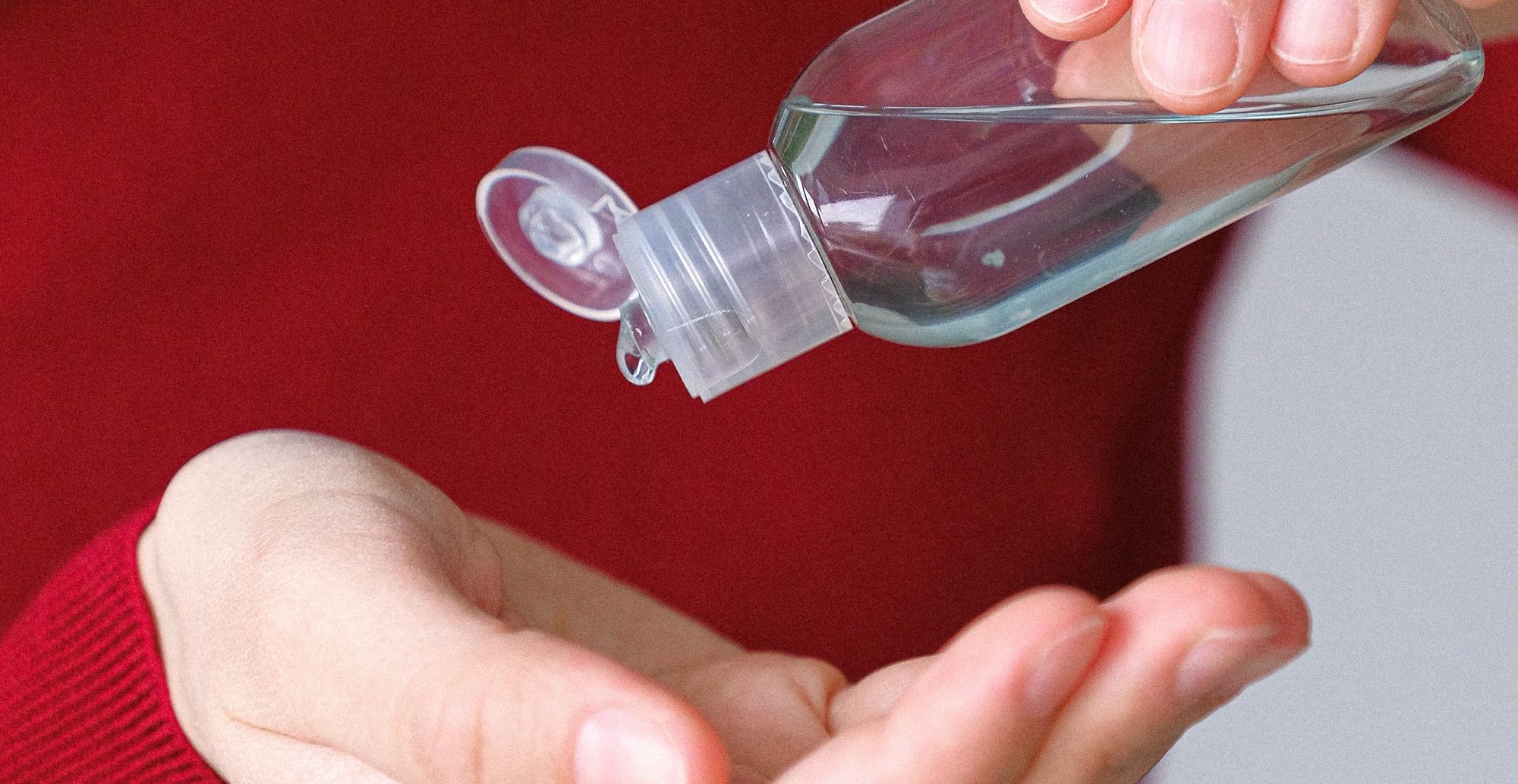Given the dangerous and highly infected, new world we all live in, the use of disinfecting hand gel and sanitisers has grown considerably.
Today, they are on hand in every shop doorway, school entrance, and public building. But along with a rise in their use, has been a rise in their misuse, as a surge in the number of children falling sick from ingesting hand sanitiser has occurred.
This is because swallowing just a tiny amount of hand sanitiser can cause poisoning due to its 60% alcohol content.

As the journal of the American Academy of Pediatrics reports, “As families began buying more hand sanitizer during the COVID-19 pandemic, the National Poison Data System started getting more reports of unintentional exposures in children. In the first half of 2020, there have been 46% more reported cases about hand sanitizer than during the same time last year. Many reports were about children ages 5 years and younger.”
The journal continues by noting the severe effects of ingesting hand gel or disinfectant, reporting that, “Many hand sanitizers are made with alcohol or rubbing alcohol (ethanol, ethyl alcohol, or isopropanol, isopropyl alcohol).” Noting that, “Alcohol poisoning symptoms include sleepiness, low blood sugar, seizures and coma, and it can be fatal.”

Worse still are hand sanitisers that contain methanol, as these products are not only dangerous if swallowed, but can also cause serious health problems when used as recommended by the manufacturers.
Methanol, also called wood alcohol, methyl alcohol, or methylated spirits, may cause symptoms such as headache, nausea, blurred vision, vomiting, blindness, seizures, coma, permanent damage to the nervous system, or death, even if only repeatedly applied to the skin.
As such, hand sanitisers containing methanol have now been recalled.
However, cleansing hand gels and disinfectants play an important role in keeping coronavirus at bay.
So, what should parents do to keep their children safe and healthy?
Primarily, the key is to keep hand sanitiser out of children’s reach. Special care should also be taken to ensure that travel-size bottles in nappy bags, purses, backpacks, or those kept in the car are not seen as toys. Parents and caregivers should also supervise children aged five and younger when they use hand sanitiser.

Another recommendation from the American Academy of Pediatrics is to look for hand sanitisers that contain bitter tasting ingredients that will discourage consumption. Common additives used to give a bad taste include sucrose octaacetate, denatonium benzoate (Bitrex), or butanol (also called tert-butyl alcohol).
Health experts also warn against using homemade hand sanitisers, as there have been cases of skin being burnt from poorly mixed recipes, or of inappropriate raw materials being used.
Even if homemade sanitisers cause no unwanted side effects, they may still be of little use against coronavirus. The World Health Organisation has already stipulated that there are only two known hand sanitiser recipes that are known to kill or deactivate the virus SARS-CoV-2 that causes COVID-19.
Today, more than ever, being well-informed about hand gel can save lives.
To find out more about that read: Correct Hand Sanitiser Formula Proven a Coronavirus Killer or visit AG PROTECT to learn where to buy an effective hand gel.
Photo credit: cottonbro from Pexels, & Anna Shvets from Pexels, cottonbro from Pexels, Anna Shvets from Pexels